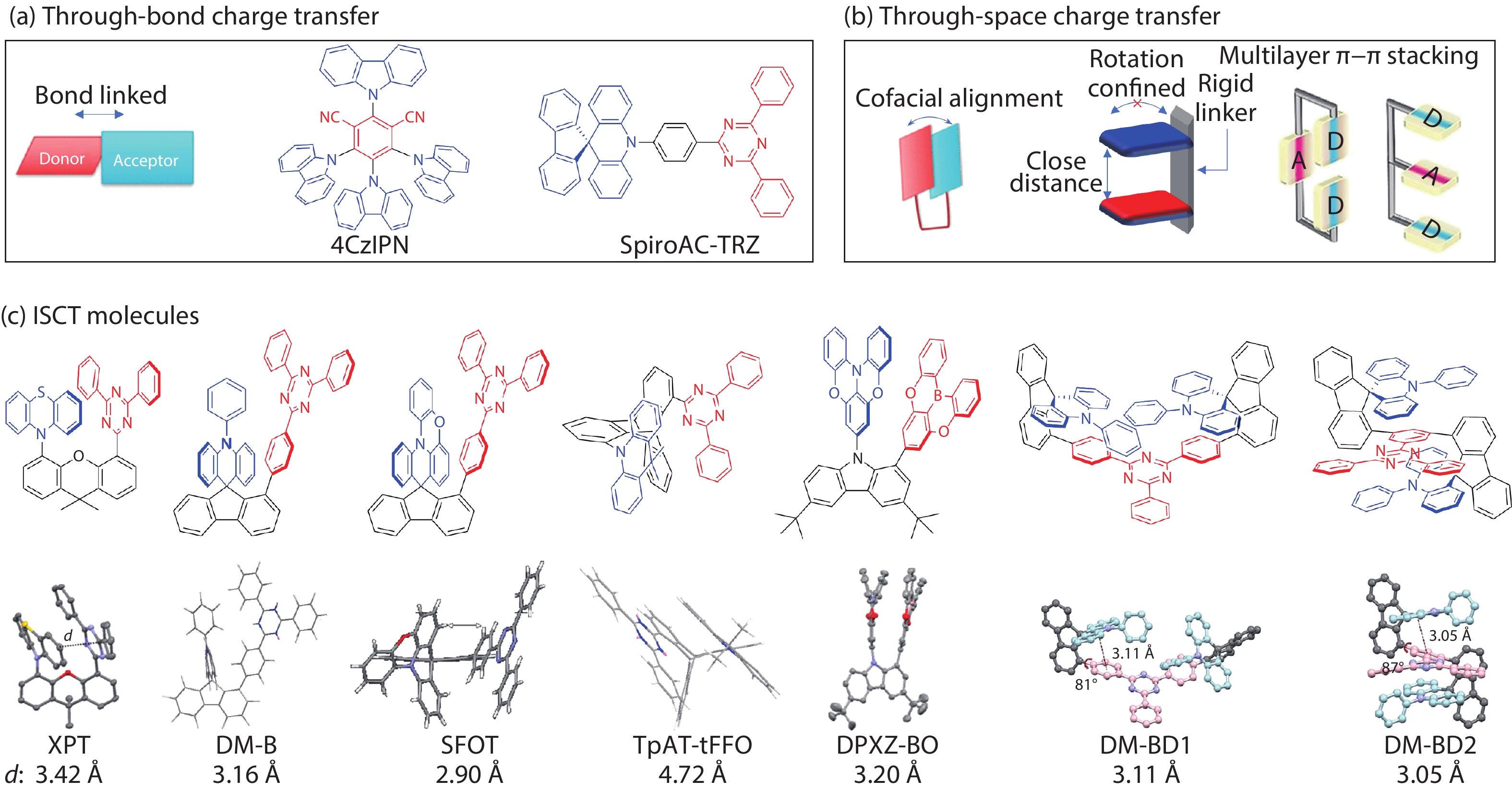| Citation: |
Baoyi Ren, Chuantian Zuo, Yaguang Sun, Liming Ding. Intramolecular spatial charge transfer enhances TADF efficiency[J]. Journal of Semiconductors, 2021, 42(5): 050201. doi: 10.1088/1674-4926/42/5/050201
****
B Y Ren, C T Zuo, Y G Sun, L M Ding, Intramolecular spatial charge transfer enhances TADF efficiency[J]. J. Semicond., 2021, 42(5): 050201. doi: 10.1088/1674-4926/42/5/050201.
|
Intramolecular spatial charge transfer enhances TADF efficiency
DOI: 10.1088/1674-4926/42/5/050201
More Information
-
References
[1] Uoyama H, Goushi K, Shizu K, et al. Highly efficient organic light-emitting diodes from delayed fluorescence. Nature, 2012, 492, 234 doi: 10.1038/nature11687[2] Yang Z, Mao Z, Xie Z, et al. Recent advances in organic thermally activated delayed fluorescence materials. Chem Soc Rev, 2017, 46, 915 doi: 10.1039/C6CS00368K[3] Tsujimoto H, Ha D G, Markopoulos G, et al. Thermally activated delayed fluorescence and aggregation induced emission with through-space charge transfer. J Am Chem Soc, 2017, 139, 4894 doi: 10.1021/jacs.7b00873[4] Tang X, Cui L S, Li H C, et al. Highly efficient luminescence from space-confined charge-transfer emitters. Nat Mater, 2020, 19, 1332 doi: 10.1038/s41563-020-0710-z[5] Yang S Y, Tian Q S, Yu Y J, et al. Sky-blue thermally activated delayed fluorescence with intramolecular spatial charge transfer based on a dibenzothiophene sulfone emitter. J Org Chem, 2020, 85, 10628 doi: 10.1021/acs.joc.0c01200[6] Yang S Y, Wang Y K, Peng C C, et al. Circularly polarized thermally activated delayed fluorescence emitters in through-space charge transfer on asymmetric spiro skeletons. J Am Chem Soc, 2020, 142, 17756 doi: 10.1021/jacs.0c08980[7] Wada Y, Nakagawa H, Matsumoto S, et al. Organic light emitters exhibiting very fast reverse intersystem crossing. Nat Photonics, 2020, 14, 643 doi: 10.1038/s41566-020-0667-0[8] Wu C, Liu W, Li K, et al. Face-to-face orientation of quasiplanar donor and acceptor enables highly efficient intramolecular exciplex fluorescence. Angew Chem Int Ed, 2021, 60, 3994 doi: 10.1002/anie.202013051[9] Wang X Q, Yang S Y, Tian Q S, et al. Multi-layer π-stacked molecules as efficient thermally activated delayed fluorescence emitters. Angew Chem Int Ed, 2021, 60, 5213 doi: 10.1002/anie.202011384 -
Proportional views






 DownLoad:
DownLoad:














